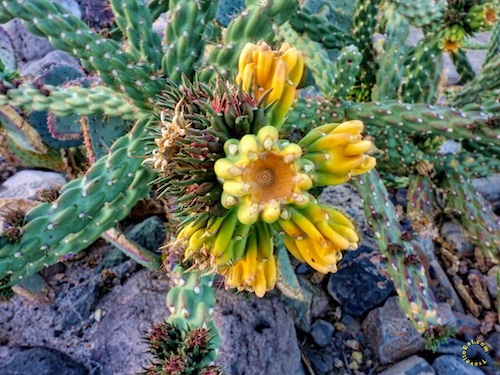
On our way back from Darwin Falls we decided to stop in Panamint Springs for what my friend Steve said was the best steak in Death Valley. While it is a small place it actually is a small family run restaurant, campground and resort with fabulous views of Death Valley. Panamint Springs Resort is a rustic, western-style, resort located in beautiful Panamint Valley in Death Valley National Park that provides lodging, camping and RV services, a restaurant and bar, and a gas station with a well stocked general store. Marvelous views of distant sand dunes and the soaring 11,000 foot high Panamint Mountains complete the setting for leisure dining and relaxation. The resort is located at the western end of Death Valley National Park.

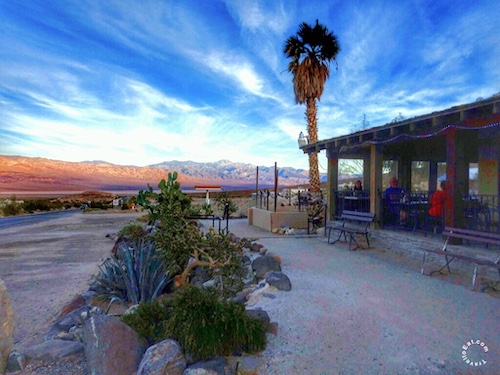
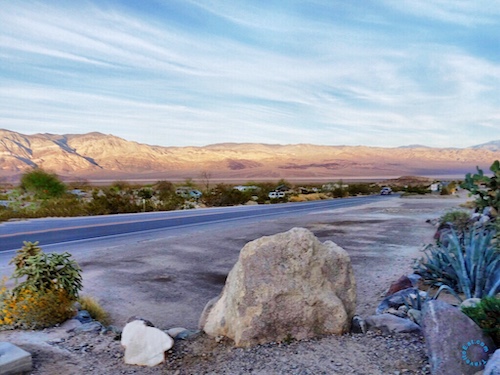
Panamint Springs Resort sits on Hwy 190 about 32 miles west of Stovepipe Wells in the Panamint Valley. The restaurant serves excellent pizza, burgers, salads and of course, the famous steak. They also serve well over 100 different beers styles with 12 on tap. This is a place to view Death Valley from a completely different perspective than Furnace Creek. They have a wonderful collection of mature cactus in front of the restaurant.
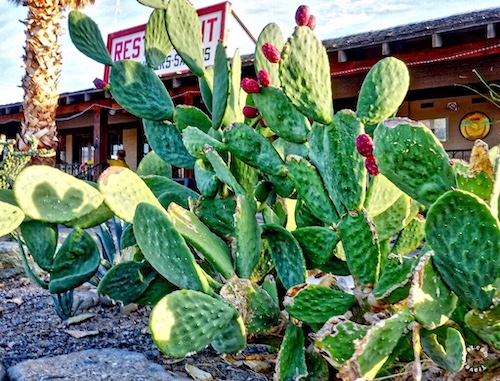
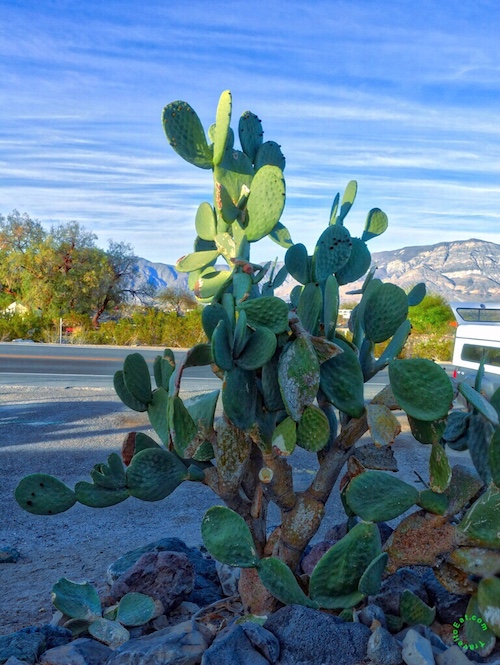
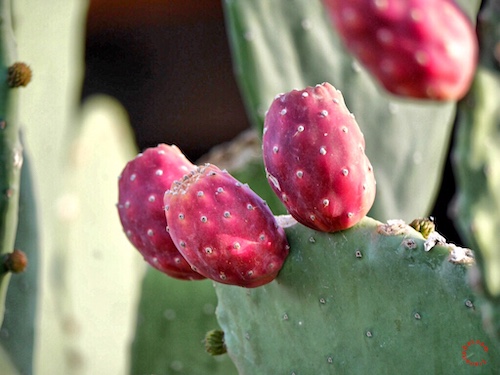
Opuntia is a genus in the cactus family, Cactaceae. The most common culinary species is the Indian fig opuntia (O. ficus-indica). Most culinary uses of the term “prickly pear” refer to this species. Prickly pears are also known as tuna (fruit), sabra, nopal (paddle, plural nopales) from the Nahuatl word nōpalli for the pads, or nostle, from the Nahuatl word nōchtli for the fruit; or paddle cactus. This familiar paddle-shaped, needle-infested pads form chains as they grow across the desert floor. When the pads have contact with the soil underneath, they will sometimes separate from the mother plant and take root on their own. The pads then grow outward, the new plants forming pokey clusters of cacti 3 feet high and up to 20 feet around. The pads of the prickly pear are actually modified branches or stems. They store the water, carry on photosynthesis and produce flowers. Distinctive of the brown-spined prickly pear, the pads are bluish-green in color and oblong in shape. They grow between 4 to 6 inches wide. Sometime in May or June the prickly pears bloom. The yellow flowers often have red streaks around the base and grow to about 3 to 4 inches wide. Each pad produces several flowers, and when the blooms fade they give way to red, fleshy fruit. The fruit will stay on the plant until it is picked by man, animal or bird.
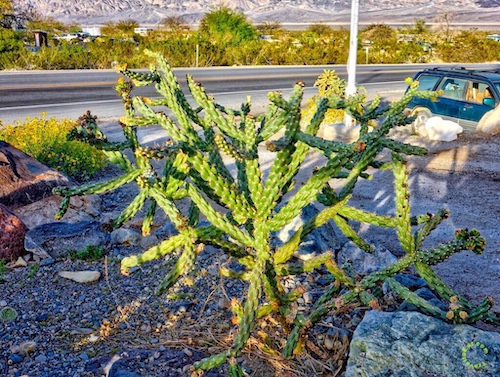
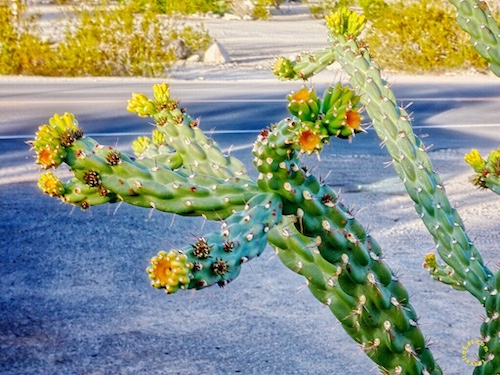
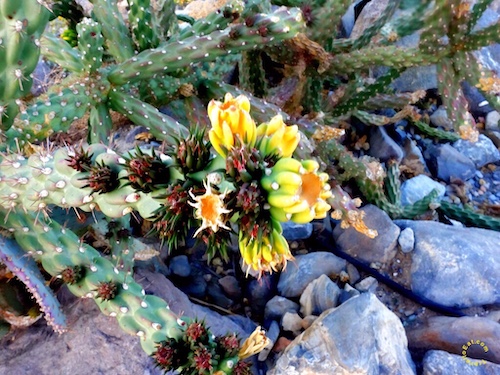
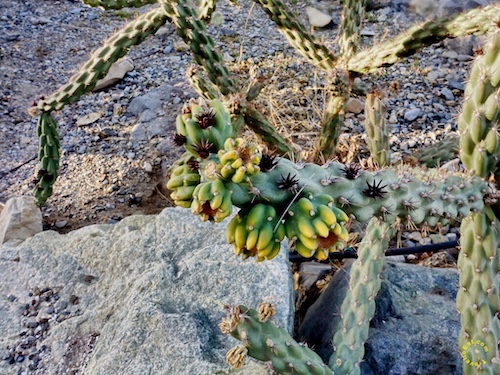
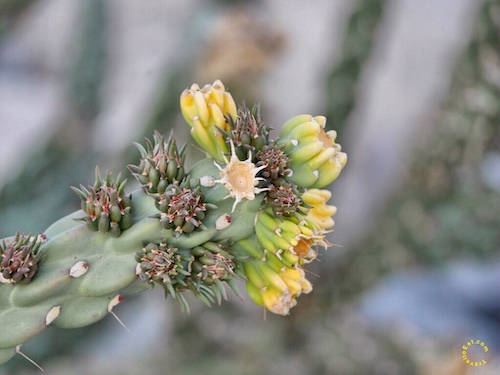
The widespread Buckhorn Cholla species is found all across the Mojave and Sonoran deserts, and is somewhat variable in flower color and spination. Plants are generally large, tree like in California (up to ten feet tall) but a little smaller towards the east, and covered in short brownish spines, not too dense, which allow the yellow-green (in moist weather) or purple-green (during drier conditions) stems to be clearly visible. The plant branches profusely but irregularly, giving a rather untidy appearance, with criss-crossing slender stems of different lengths. In older plants the lower stems become woody. Fruits are green, later brown, and spiny.
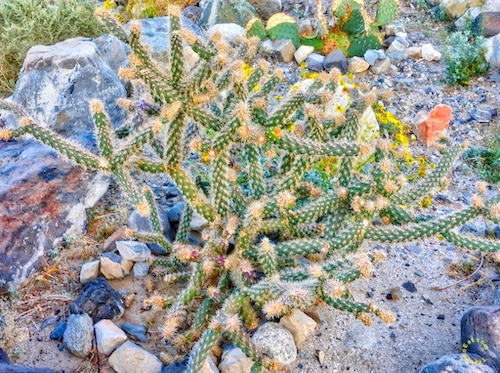
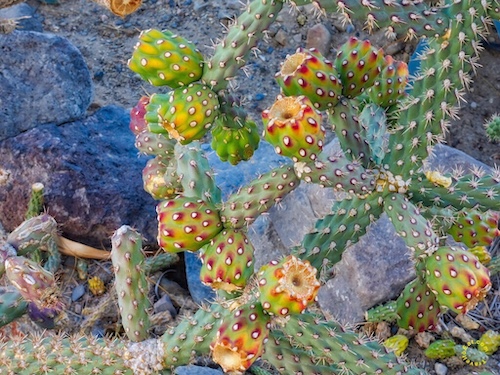
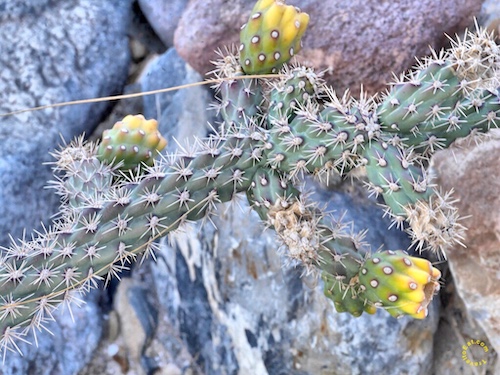
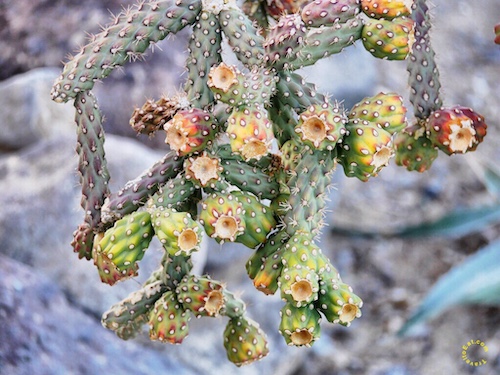
At least six varieties of buckhorn cholla have been identified, differing mostly in spination; acanthocarpa, coloradensis (Colorado buckhorn cholla), ganderi (Gander's buckhorn cholla), major, ramosa and thornberi (Thornber's buckhorn cholla).
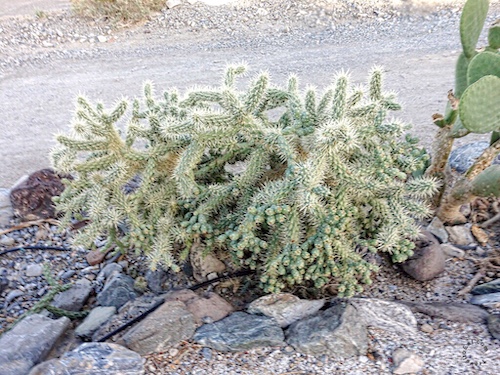
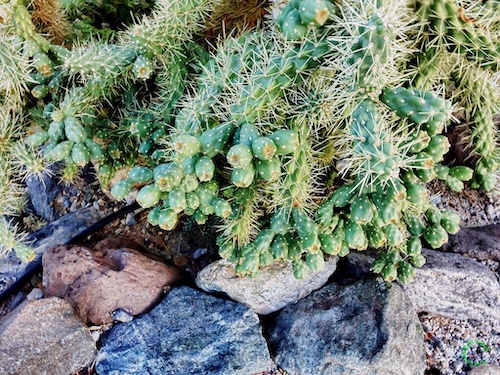
Cholla is the common name applied to the cylindrically-stemmed opuntiad cacti of the southwestern United States and Mexico. The chollas of the United States includes Cylindropuntia and Corynopuntia (Grusonia). Cylindropuntia species are genetically and morphologically distinct from Corynopuntia species, although they have historically been lumped under the common name, cholla. The Cylindropuntia and Corynopuntia species are two of the three major opuntiad (cactus) groups in the United States.
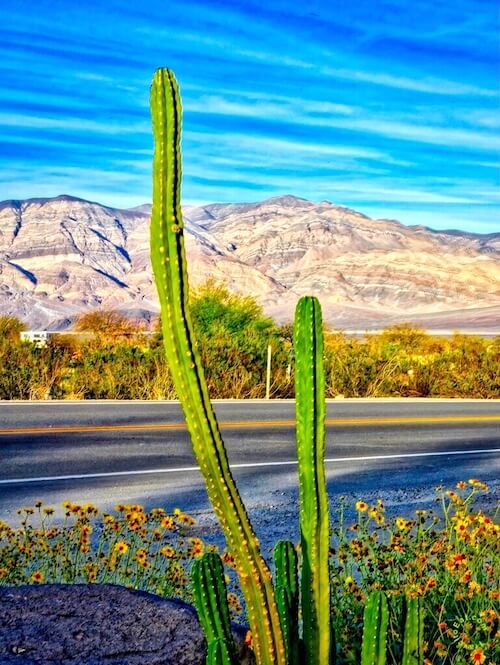
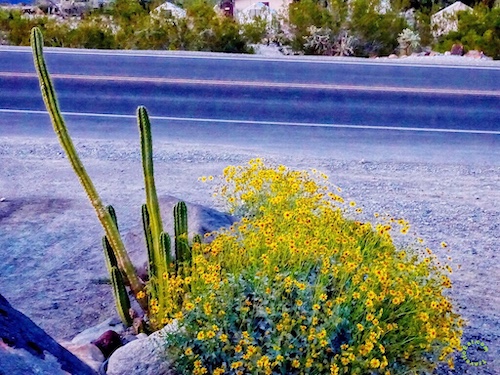
Cereus hildmannianus has a tree-like growth habit with a distinct trunk after which it branches freely up to 10 m (33 ft) high. Its stems are up to 15 cm (6 in) across, have 4 to 6 ribs and are divided into segments. They are blue-green in colour when young, becoming duller green with age. Stems are usually spineless (except in subspecies uruguayensis). The white flowers are very large, up to 25–30 cm (10–12 in) long, and are followed by fruits which are red when ripe. Cereus is the subject of a previous post on the Larco Museum in Lima.
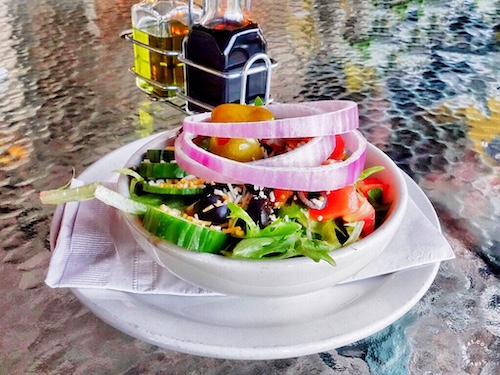
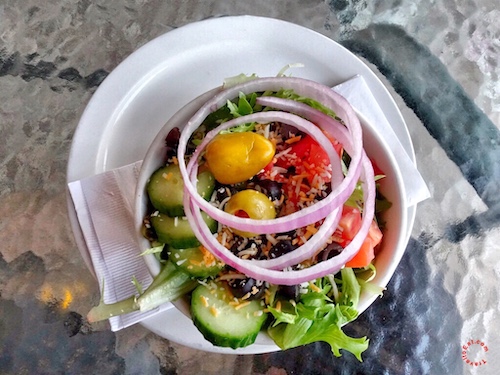
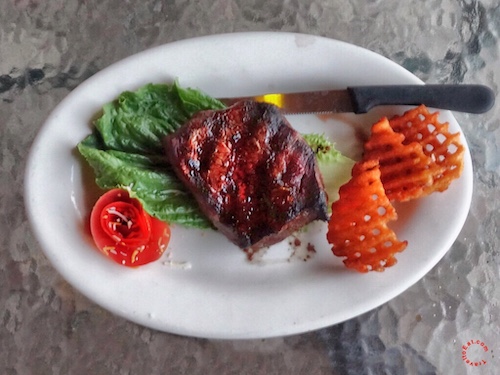
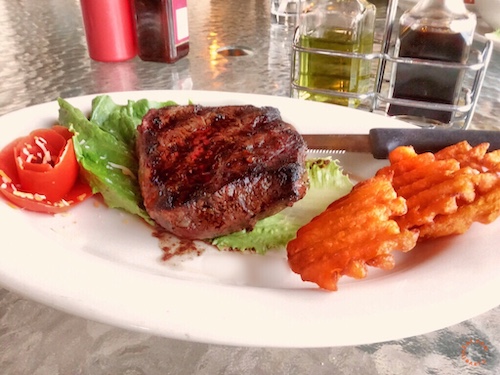
Steve wasn't kidding about the steak, the 20 ounce skirt steak was among the best I have ever had. At $30 it s a real bargain, especially in Death Valley. If you are in the vicinity of Panamint Springs, consider a visit. As always, please leave a comment.
[mappress mapid=”162″]
References:
Panamint Springs Resort: http://www.panamintsprings.com/
Panamint Springs Resort TripAdvisor: https://www.tripadvisor.com/Hotel_Review-g143021-d119458-Reviews-Panamint_Springs_Resort-Death_Valley_National_Park_California.html
Prickly Pear Cactus: http://www.delange.org/PricklyPearGiant/PricklyPearGiant.htm
Cacti Guide: http://cactiguide.com
Opuntia Web: http://opuntiads.com/
Cholla Web: http://opuntiads.com/cyl/
Cylindropuntia ganderi: http://opuntiads.com/cyl/cylindropuntia-g-r/cylindropuntia-ganderi/
Cholla: http://cactiguide.com/cactus/?genus=Cylindropuntia&species=acanthocarpa

